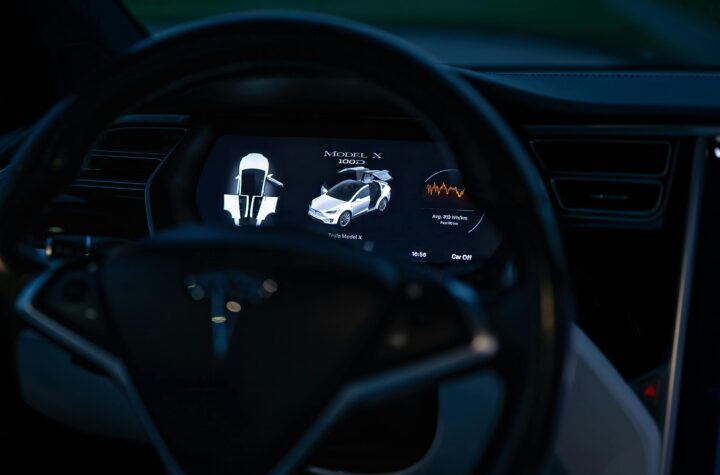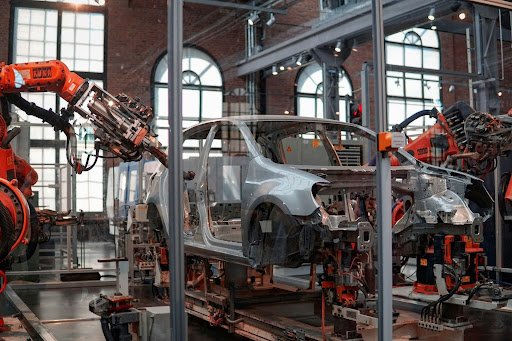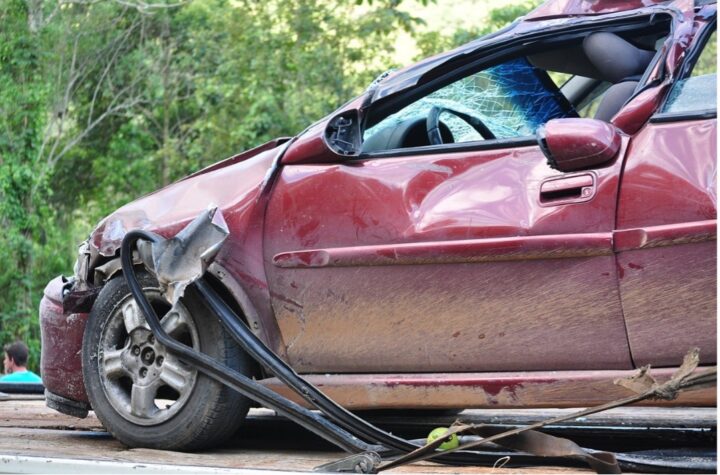
South Africa has combined its strategic strengths of raw materials, available land, skills, a booming auto industry, cheap power and geographic position to create a manufacturing zone for suppliers of new-generation technology to the world market.
New automotive technologies – including fuel cells, lighter weight vehicles and the need for catalysts to reduce exhaust pollution – will increase demand for the platinum group metals, manganese and chrome ores, titanium minerals, alumino silicates and vanadium of which South Africa has the world’s largest reserves,- says Coega Industrial Development Corporation (CDC) chief executive officer Pepi Silinga.
The Nelson Mandela Metro, which includes Coega, currently accounts for around 10 per cent of the world’s consumption of passenger vehicle catalytic converters. Covering 11 000 hectares, the Coega IDZ caters for the full manufacturing chain – from primary beneficiation to assembly. There are road and rail links between the Coega IDZ and the main mining areas of the minerals needed for the new technologies. Raw materials can also be brought in by sea as the deep-water port of Ngqura is integrated into the Coega IDZ. Ngqura has dedicated bulk ore handling facilities which are linked to smelter sites in the IDZ by conveyors.
Finished products from the Coega area, which includes the Indian Ocean city of Port Elizabeth, are supplied to OEMs and after-market chains both locally and internationally. Coega serves an area with three OEMs (Volkswagen, General Motors and DaimlerChrysler) and over 180 component suppliers within a 300 kilometer radius.
Fuelled by an innovative export program, as well as world-class quality and productivity,
South Africa?s automotive industry is among the fastest-growing in the world. The eight OEMs in the country (Toyota, Nissan, Ford, General Motors, DaimlerChrysler, BMW and Volkswagen) export to a total of 31 countries. The SA automotive industry is ranked 19th in the world and produces 84% of Africa’s vehicle production.
South Africa’s local market and vehicle exports are expected to double over the medium term. In 2004 110 500 completely built-up vehicles were exported and this is projected to increase to 205 000 units by 2007. These exports are in addition to record volumes in the domestic market, which is expected to total over 570 000 units in 2005. Local new vehicle production for 2005 is forecast at 550 000 by the National Association of Automobile Manufacturers of South Africa (Naamsa), and has the potential to reach a million by 2010.
The local content of vehicles assembled in South Africa is currently just over 57%, with opportunities to increase this further. Exports of components have grown by 35% a year for nine years in a row. Competitive advantages for South African component manufacturers, include raw material availability, emerging market cost advantages such as low energy costs, competitiveness within a shorter run/complex product production environment and low tooling costs. Growing component demand is being boosted by the launch of export platforms by most of the OEMs.
Investors in the Coega IDZ benefit from a basket of incentives, including the African Growth and Opportunity Act, which opens allows South Africa’s automotive to compete from a comparatively low-cost base in the US market without duty free or quota restrictions.
Component and utility vehicle manufacturers have already reserved a third of the available land, according to Silinga. They provide opportunities for synergistic investors involved in logistical services (warehousing and distribution), iron and steel foundries, castings and forgings, general engineering and fabrication, he adds.












More Stories
The Importance Of Quality Suppliers For Your Automotive Business
Enhancing Your Pickup Truck’s Exterior: Tips for Lasting Customization
Truck Accident Victim? How to Protect Your Rights and Get the Compensation You Deserve